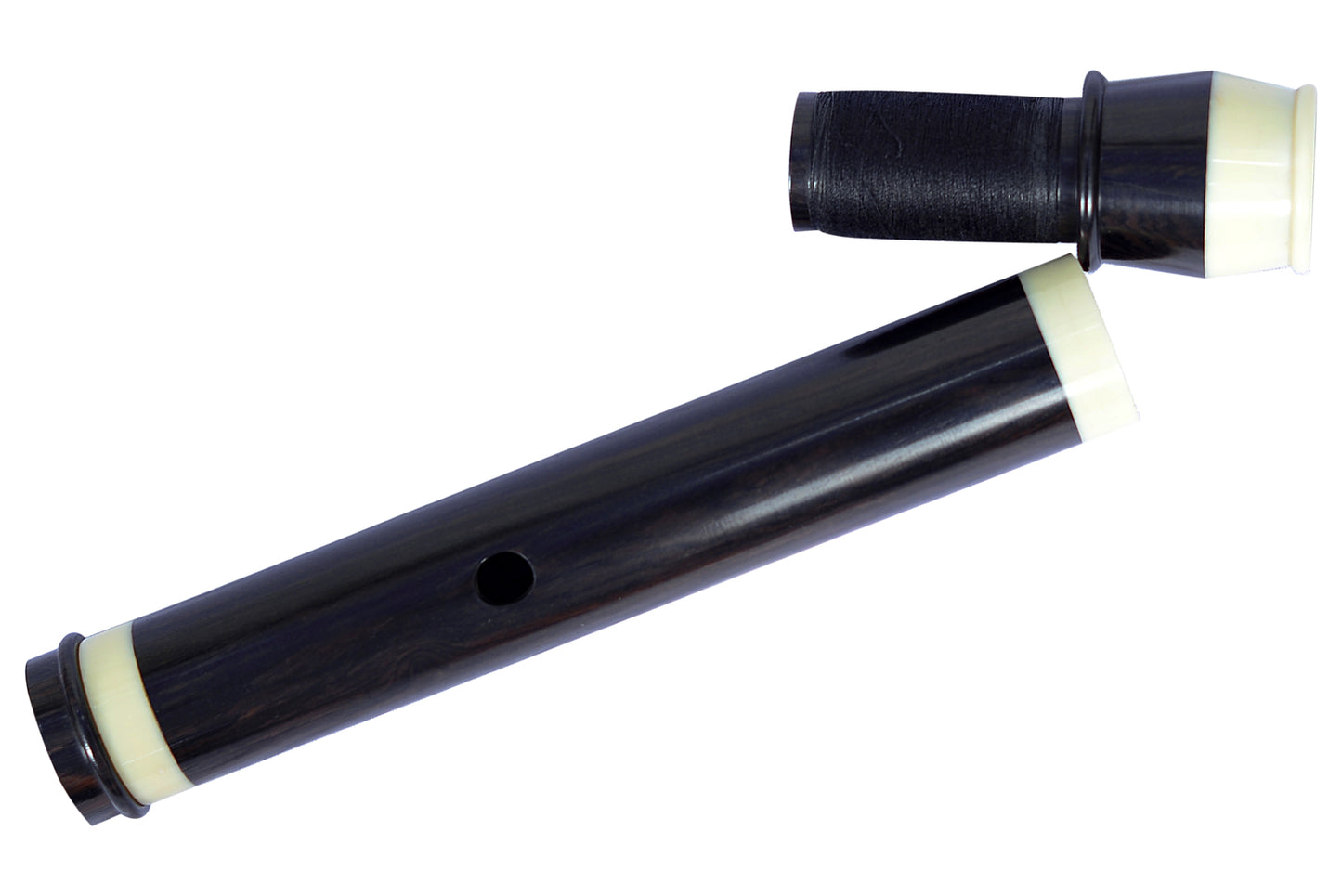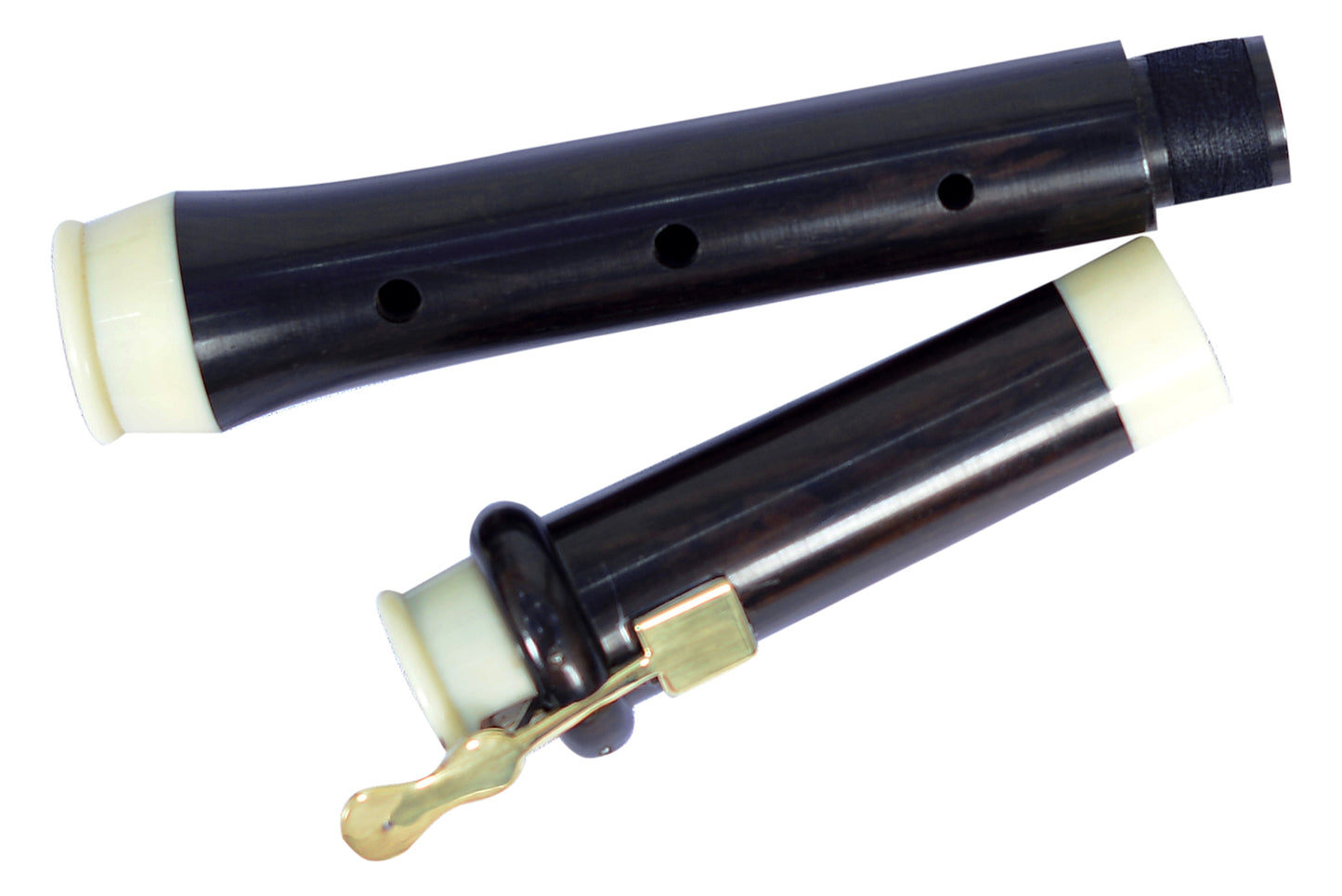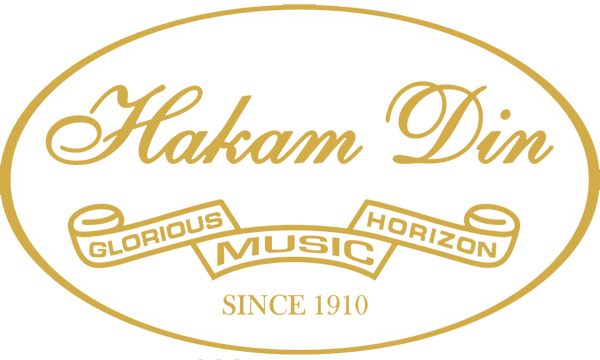Hakam Din
Traverso Baroque Flute 392-415-442 JJ Quantz Dresden, 1697-1773
Traverso Baroque Flute 392-415-442 JJ Quantz Dresden, 1697-1773
Couldn't load pickup availability
This flute is a reproduction of the original Johann Joachim Quantz (Dresden, 1697-1773).
- Select the pitch, wood and number of keys when buying.
- Pitch: 392, 410, 415, 432, 440 or 442
- Keys: 1 or 2 (Eb-D#)
- Wooden tuning slide head-joint.
- Crafted from either Indian Cocobolo wood or Grenadilla wood.
- Wood-ends are protected by imitation ivory rings.
- The keys are casted from brass and features steel springs with leather pad.
- Comes with care instructions, and a guide with a fingering chart.
- Additionally, accessories such as a plush-lined protective case, cleaning cloth, and extra key pads are provided.
In 1739, Quantz embarked on groundbreaking research in the realm of flute-making, contributing to the evolution of the instrument's design and capabilities.
Quantz's ingenuity extended to the addition of the Eb key on the foot. This pivotal inclusion facilitated effortless execution of the Eb note, elevating overall playability and enabling smoother transitions between notes. The Eb key remains a testament to Quantz's commitment to advancing flute technique.
History:
- Johann Joachim Quantz (1697–1773) was the best-known flute player of the 18th century. A prominent figure in the 18th century music scene. Quantz was renowned not only for his compositions and the influential book "On playing the Flute" (published in 1752), but also for his role as the esteemed flute instructor-teacher to Frederick the Great of Prussia starting from 1728.
- A Treatise on Traverso Flute Playing. This invaluable resource, published in 1752, offers insights into performance practice and flute technique from the 18th century. Its enduring value makes it relevant for enthusiasts and musicians seeking historical perspective.
- Of the eight complete flutes that survived are all from the collection of Frederick the Great.
Share








This is an initial review, since the flute is not fully played in yet. I have been curious for some time about Quantz flutes, with their wide bores, tuning slides, and enharmonic D#/Eb keys. I wasn't prepared to pay $3,000+ to a specialist maker (I don't play well enough yet to deserve it), but when I saw this listed it was almost an impulse buy. It would be unfair to compare this flute to an expensive, dead accurate copy by a specialist, but so far I am quite happy with it--I love the tone and responsiveness. The finish is good overall, particularly the smooth bore, which seems to be accurate to Quantz. The tone holes are not undercut, and there is no screw cork; instead, the wooden head cap has an integral plug lapped with thread, making it easy to change the plug's position when changing the middle pieces (corps de rechange) to change pitch. If you prefer to insert your own cork, the finial in imitation ivory at the end makes the flute look finished even without the head cap. Pitch is pretty much dead on at A = 415 Hz and A = 440 Hz with the two corps de rechange supplied, but I find the flute plays better at A = 415 Hz, which I prefer (better than compromising both pitches, and I would rather play at the lower). Some Quantz flutes survive with many corps de rechange, but he himself preferred a lower pitch, A = 392-398 Hz, like the French flutes (which first inspired him to play the flute) sound best at. A fingering chart was not included, and the one in the Quantz Versuch (either the German facsimile or the Reilly translation) should be consulted. It is also available on a couple of web sites. I prefer my own fingering to Quantz's for only one pitch so far (low G# without RH3), but such things are not unusual with one-keyed flutes. The fingerings for whistles, six-hole keyless flutes, the Aulos Grenser and Stanesby flutes, or the Ralph Sweet baroque flute will not work for some chromatics or parts of the higher register (partly the effect of the wider bore). As with any one-keyed flute, it pays to investigate alternatives for both pitch and ease of passagework. Quantz gives enharmonic fingerings and didn't expect his flutes to be played in even temperament (hence the D#/Eb keys, which Tromlitz also recommended). Margaret Neuhaus' The Baroque Flute Fingering Book is a worthwhile investment if you are serious about the traverso, as, of course, are the Quantz and Tromlitz books.





